Introduction
The sorghum-cowpea cropping system is the most widespread in the commune of Guibaré (Ganémé et al., 2021; Gnissien et al., 2022). Earlier work noted that this cropping system was characterized by low yields of associated crops despite the application of organo-mineral fertilization (Ganémé et al., 2021). However, these studies do not assess the impact of agroforestry parks on crop yields, even though agroforestry remains a widespread practice in the commune. Crops grow in a variety of agroforestry parks, including tree and shrub parks, which can have different effects on crop production. Tree plantations include Vitellaria paradoxa, Gaertn f. and Balanites aegyptiaca. Shrubby parks are represented by parks with Piliostigma reticulatum (DC) Hochst, mixed parks with P. reticulatum and Combretum micranthum. This article presents the results of the effects of B. aegyptiaca tree plantations and P. reticulatum and C. micranthum shrub plantations on grain yields of sorghum and cowpea in the commune of Guibaré over two seasons of contrasting rainfall.
Materials and methods
The experimental setup consisted of scattered blocks of two fields for each type of park. The average density for B. aegyptiaca parks is 40 ft.ha-1, whereas it is 100 ft.ha-1 for P. reticulatum and C. micranthum parks. Pruning is the method used to manage woody plants in the various parks; the pruned biomass is mulched on the ground. Parks planted with B. aegyptiaca also benefit from V. paradoxa litter collected in uncultivated areas. The different parks also share the zaï tillage technique, and all grow on lixisol.
Results
Effects of different types of agroforestry parks on sorghum and cowpea yields
In both seasons, B. aegyptiaca plantations recorded the highest sorghum yields, with values of 573 kg.ha-1 in 2021-2022 and 931 kg.ha-1 in 2022-2023 respectively (Figure 1). The same trend was observed with cowpea yields of 167 kg.ha-1 and 371 kg.ha-1 (Figure 2). The increase in yields during the 2022-2023 season was influenced by abundant and better-distributed rainfall (16 more rainy days than in 2021-2022). The average grain yield of sorghum in the two seasons under B. aegyptiaca is around twice that of sorghum in association (773 kg.ha-1 vs. 391 kg.ha-1), as reported in the commune of Guibaré by Ganémé et al. (2021). Average cowpea yield remained similar (269 kg.ha-1) to that (249 kg.ha-1) reported by the same authors.
Conclusion
The results of our work indicate that tree plantations improve the productivity of associated crops under similar soil fertility management conditions to tree plantations.
Works Cited
Ganémé, A., Douzet, J., Traoré, S., Dusserre, J., Kaboré, R., Tirogo, H., Nabaloum, O., Ouédraogo, N. W.-Z. S., et Adam, M., 2021. The sorghum / cowpea association in stakes, a traditional practice in low-yielding Sudano-Sahelian zones: current situation and avenues for improvement.. International Journal of Innovation and Applied Studies, 31(4), 836–848. www.ijias.issr-journals.org.
Gnissien, M., Coulibaly, K., Senou, I., Yaméogo, T. J., et Nacro, B. H., 2022. Diversity of cropping systems and management modes of arboreal and shrubby woody plants in agroforestry parks in the North Sudanian zone of Burkina Faso. Sciences Naturelles et Agronomie , 41(2): 81-99.
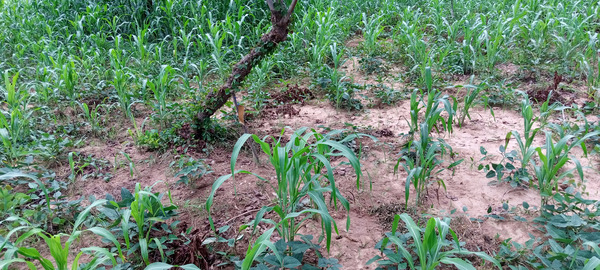
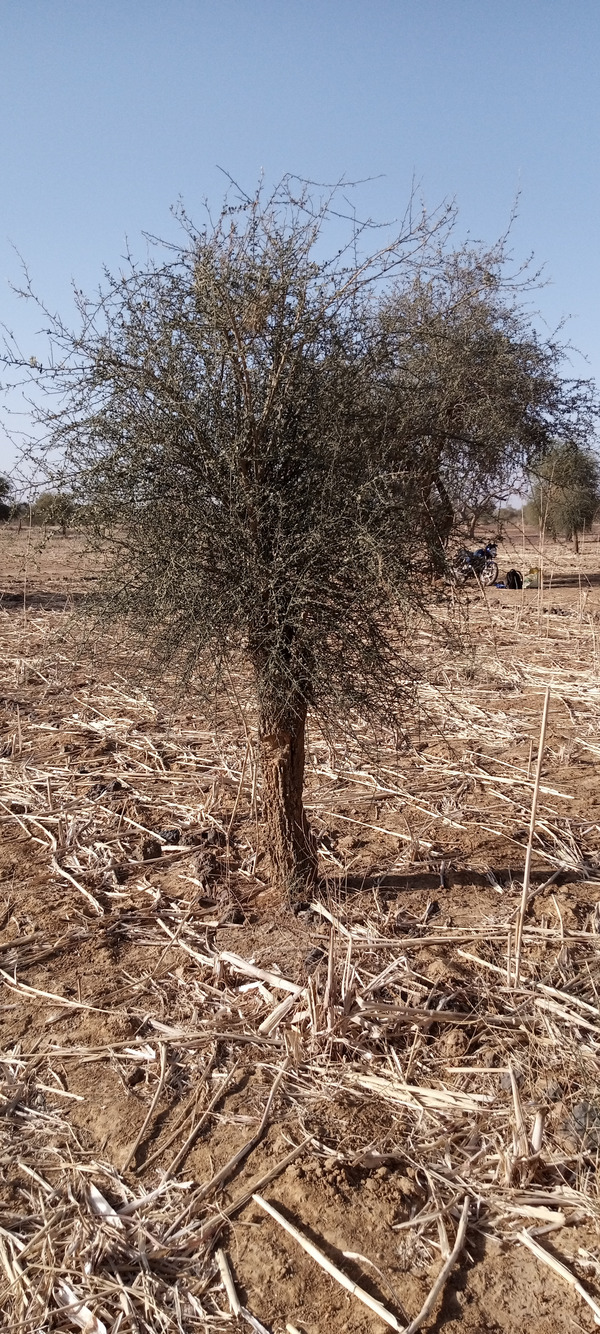
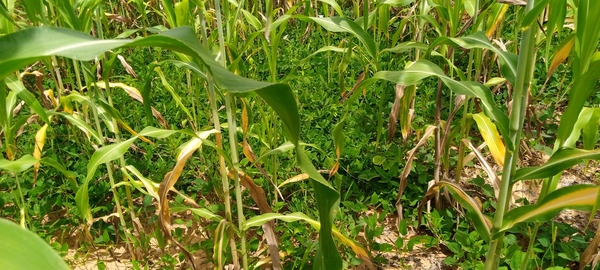
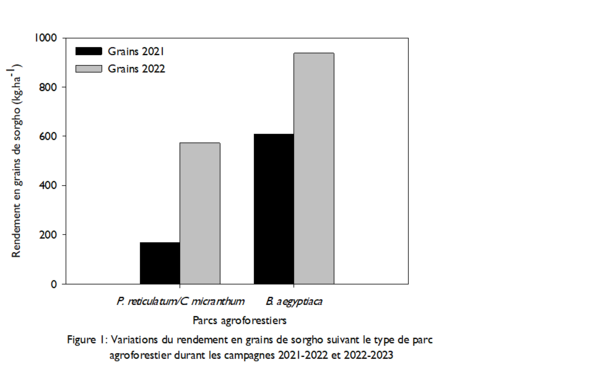
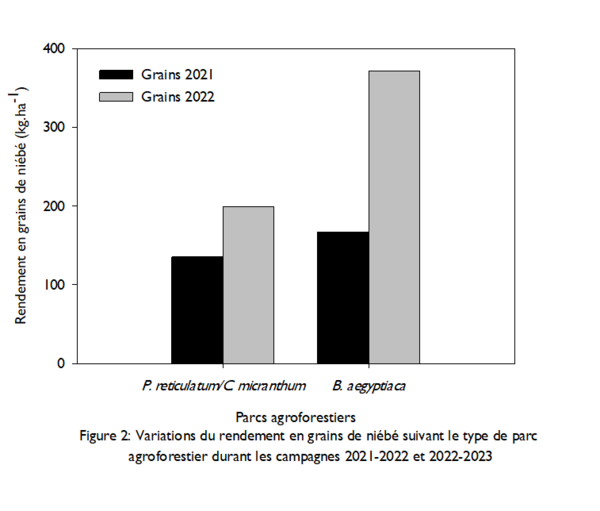

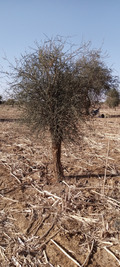


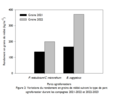
 tap and then scroll down to the Add to Home Screen command.
tap and then scroll down to the Add to Home Screen command.